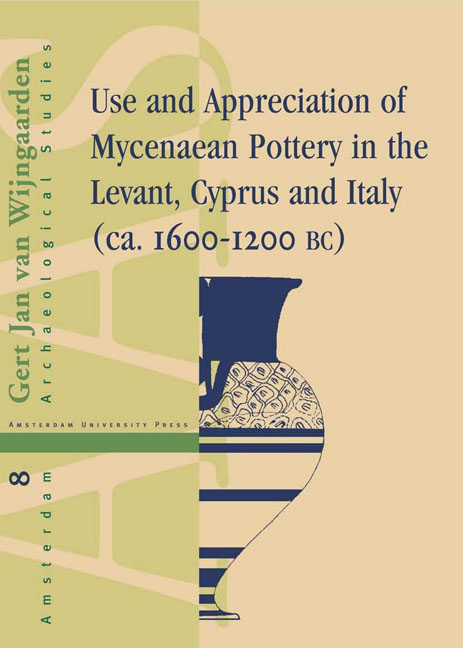17 - Broglio di Trebisacce
Published online by Cambridge University Press: 10 February 2021
Summary
INTRODUCTION
Broglio di Trebisacce is situated 1 km from the coast on a high terrace in the foothills of the Pollino massif at the northern end of the plain of Sybaris. The site is one of more than twenty pre- and protohistoric sites in the hills surrounding the, suggesting that the area was substantially populated from the Middle Bronze Age onwards. Excavations at Broglio began in 1979 and are still continuing. Even though some Neolithic finds have been made, settlement at the site appears to have begun in the Middle Bronze Age and continued into the Early Iron Age.
The site of Broglio di Trebisacce coveres the whole terrace. Five restricted areas have been excavated up to 1985 (fig 17.1). The Areas A and C, were heavily damaged by erosion and ploughing, and the virgin soil appeared directly below the top soil. In Area E, five post holes have been interpreted as the remains of a Middle Bronze Age hut. In the south-eastern part of trench B, a ditch has been discovered with eight post holes and field stones. Together with post holes in the vicinity they may have belonged to a Middle Bronze Age structure, but no pavement or surface has been recognised. In the same area, pits and post holes dating to the Late Bronze Age may represent two or three successive structures. A sequence of terraces has been discovered in trench D, the earliest of which can be dated to the Middle Bronze Age. A short section of a wall as well as pavement dating to an advanced stage of the Middle Bronze Age have been discovered in the eastern and southern parts of the trench.These possible structures may have been the predecessors of a Late Bronze Age structure, of which a ditch with six post holes has been attested. This building was superseded by a structure which was cut into the slope and which has been labeled the ‘central habitation building’, or complesso a monte. This building, which is only partly preserved, had a plan in the shape of a horse-shoe (Fig. 17.2). The few, fragmentary remains of other structures identified at the site all belong to later periods.
- Type
- Chapter
- Information
- Use and Appreciation of Mycenaean Potteryin the Levant, Cyprus and Italy (1600-120O BC), pp. 237 - 248Publisher: Amsterdam University PressPrint publication year: 2002



